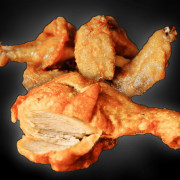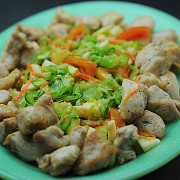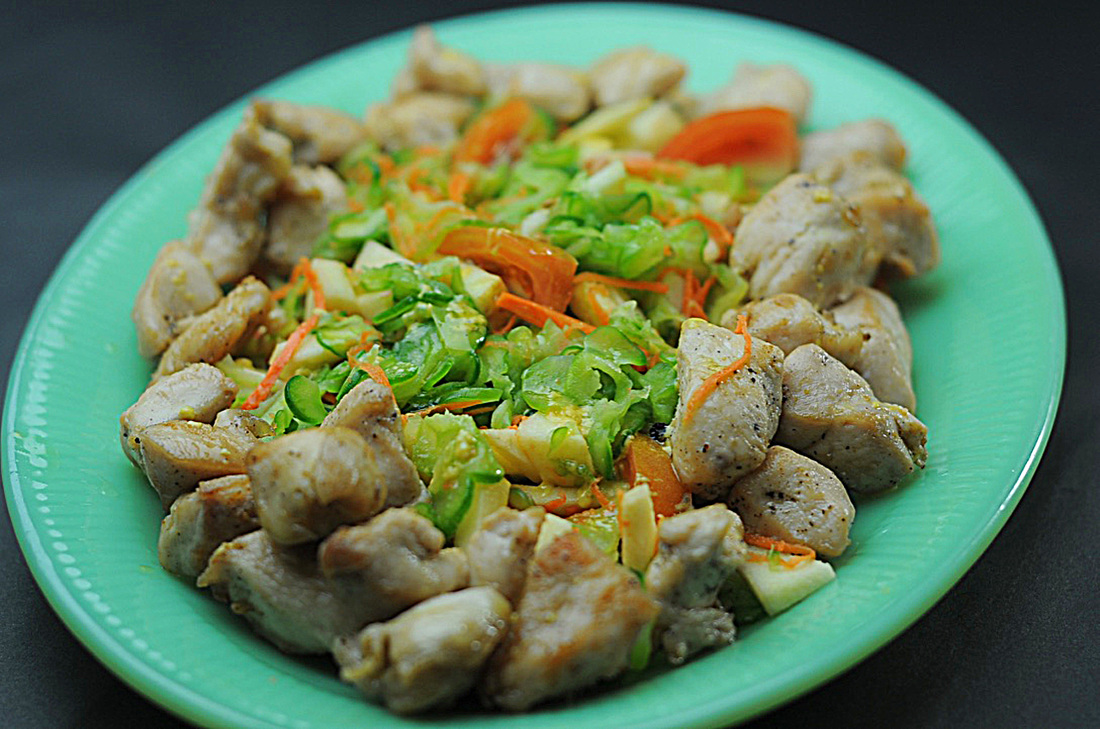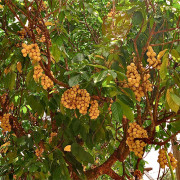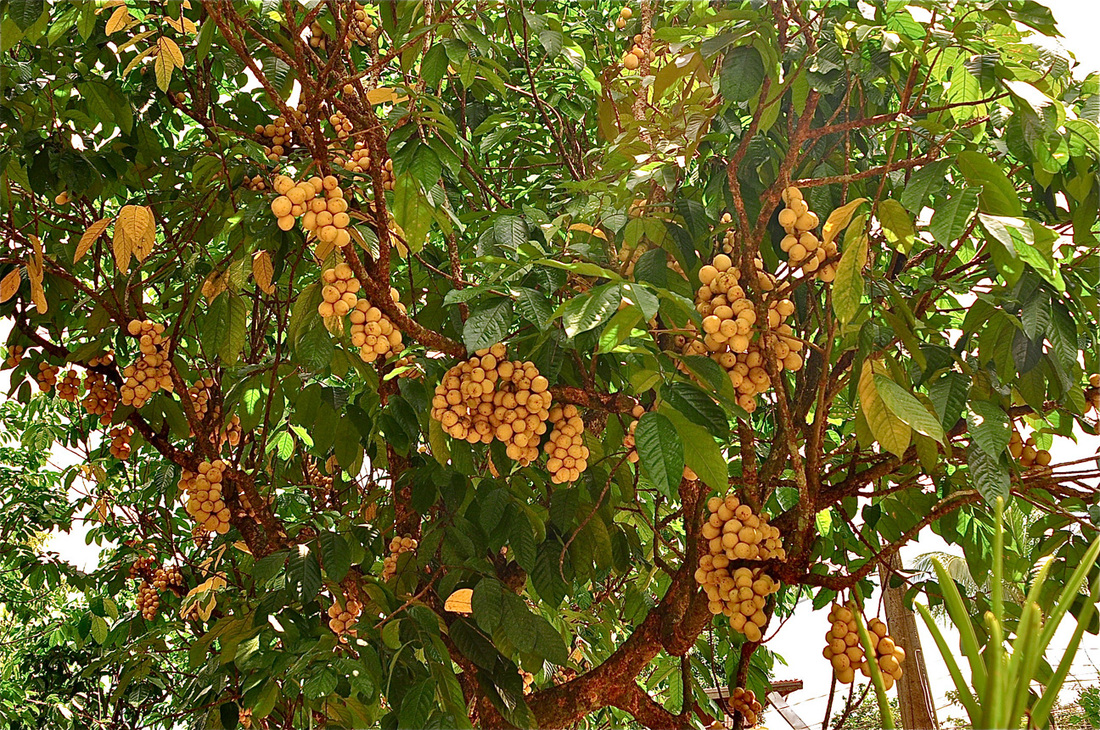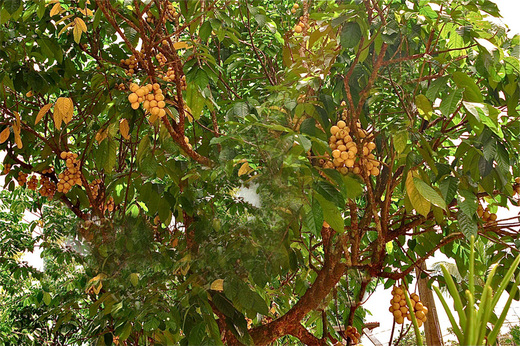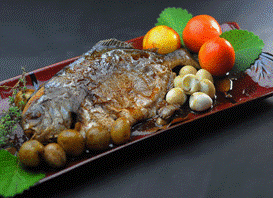Allow me to sift this matter.
And pardon my
redundancy in the utilization of some words
as I just wish to be very simply-clear expounding the topic.
Originally and as I grow older
I’ve realized that the common knowledge:
when the demand is high…price goes up.
when the demand is low…price goes down with it
or
when the supply is high…price goes down,
when the supply is low…price goes up
or more accurately
when the supply is high-price goes up with high demand
and goes down with low demand.
when the supply is low-price goes up in high demand
and stays low when no one buys
is just due to the natural reaction of sellers
dictated by supply circumstances. Plain and simple.Days passed I begun to think deeper.
When many buy…whatever is your stock (supply) situation… PRICE WILL DEFINITELY GO UP.
Did anything happen to your stocks when the DEMAND was, say…10 and then sky rocketed to 100?Let’s go to production/trade costing.
Example: to sell 10 pieces you need:
1 staff to produce
1 staff to sell
plus say… $10 worth of raw materials and allowance for utilities
then your total production cost is upped by certain % for your Gross Margin or Profit.
By it, you are happy with what and how much you will earn. Isn’t it?Now demand rises to 100. Surely, you will need more people, raw mats and utilize more utilities.
Now you have 10 staff, 10 sellers and $100 worth of raw mats + utilities allowance.
Is there a CHANGE in the situation?
Isn’t the situation similar when demand was 10 and then it rises up to 100?
Did you incur more expenses?
Will you realize lesser profit due increment in staff, raw materials and utilities?
Isn’t it, the additional costs to defray additional staff,
raw mats and utilities are CHARGEABLE and taken cared off by the additional demand?So why increase price?
Why do you have to do so
when your item is selling well?
Aren’t you happy that your stocks, at the present price, are depleted naturally?
You go home happy with the intended margin or profit attained, anyway.
Why jack-up price when demand increases?
To gain more?
Are you not satisfied with your ORIGINAL-NORMAL-INTENDED profit?
You are GREEDY!!!
You take advantage of the situation.In fact your expenses might even go down, How?
Buying raw mats good for 10 is NOT the same as buying raw mats good for 100.
Due to higher volume
you might get a discount and/or
earn better payment term isn’t it?
So why be greedy?Ok. You did not increase price.
But the trader who bought from you did the increase.
YOU ARE NOT GREEDY.
YOUR TRADER IS
…and so on until the last seller/trader
succumbs to greediness.Are buses jacking up fares when demand for rides on
All Saints’ Day or Christmas goes up.
NO.
They increase the number of fleet to serve the public.
That’s earning more by increasing service
NOT INCREASING PRICE.
One possible exception I could bear of is, say,
due to typhoon ravages the roads heading to market area
were damaged and haulers of goods have to swerve unto detours and/or diversions to reach trading site.
Doing so, they consume more fuel along the line of sale.
The increase in selling price is…
justifiably allowed and does NOT constitute GREEDINESS.
But in the same line of thought,
greediness surfaces again
when for instance the increase in fuel cost is, say,
$0.50 and the transporters charge $1.50 increase.
That’s what we call
“tong-patch”.
The very reason for the one track-minded line of determination of majority of well-mannered,
educated and high moral-ed people to
become politicians in my country…the fruits of being in public office…
the practice of 99% of them…perpetrated scores of years back
until now…un-changed…un-abated.
This is the reason why I don’t grow rich financially.
Am not
greedy and am not a politician.
Another un-allowed price increase to bathe into the
“motive of law of supply & demand”
is, again, due to almost wiped out farm products caused by typhoon, farmer (or the trader in between)
sells the minutely-salvaged produce at
price higher, much higher,
than his previous pre-typhoon’s.
WHY?
To compensate for the loss?
Ain’t it a tinge of “greediness”?
Why take advantage of the event?
Why penalize your patrons?
Cause was “force majeur” not due to anybody else’s.
Let’s check the case of firecrackers sold at a famous town in Philippines, widely known when it comes to pyrotechnics.
Prices are normal up to 3 days before New Year’s Eve.
From 1 to 2 days prior to Dec. 31,
traders jack prices up 15-20% higher than normal.
On Dec. 31st itself, from sunrise until dawn, prices are up to 20-25% higher than usual.
At the dot of 7:00pm or thereabouts, as demand drops, they SUDDENLY WILL LOWER prices to almost ONE HALF of usual.
Price manipulation is evident.
GREED surfaces in times like these.
WHY?
Why take advantage of high demand? For MORE gain?
Can you feed your family with earnings coming from this “racket”?
Similar exercise of GREED shows by vendors of flowers by this known central selling site.
Days before Valentine’s, All Saints’ & All Souls’,
prices are the usual…afterwhich, the style of firecrackers’ sellers are duplicated…exactly.
There are allowable and justifiable factors to institute price up: increase in production-admin-marketing costs,
utilities, raw mats, ingredients, labor etc.
But, I can’t dig any further understanding beneath my flesh
to accept the notion behind:
“Law of Supply & Demand”.
Can anyone please enlighten me re: this “Law”.
LAW?
Oh my GOD.


